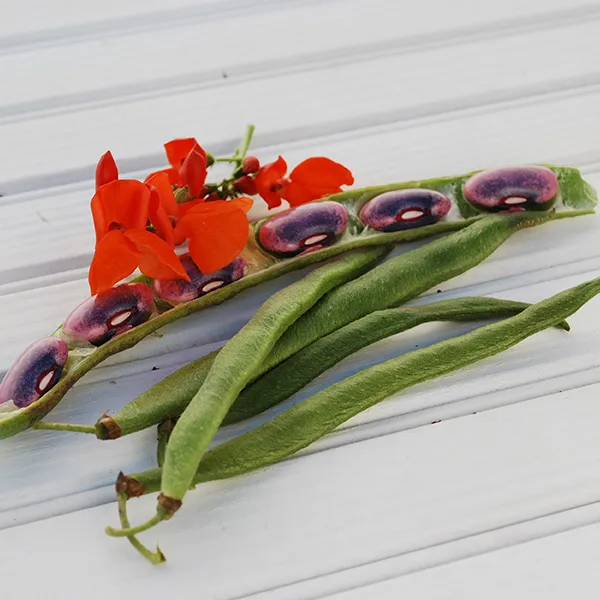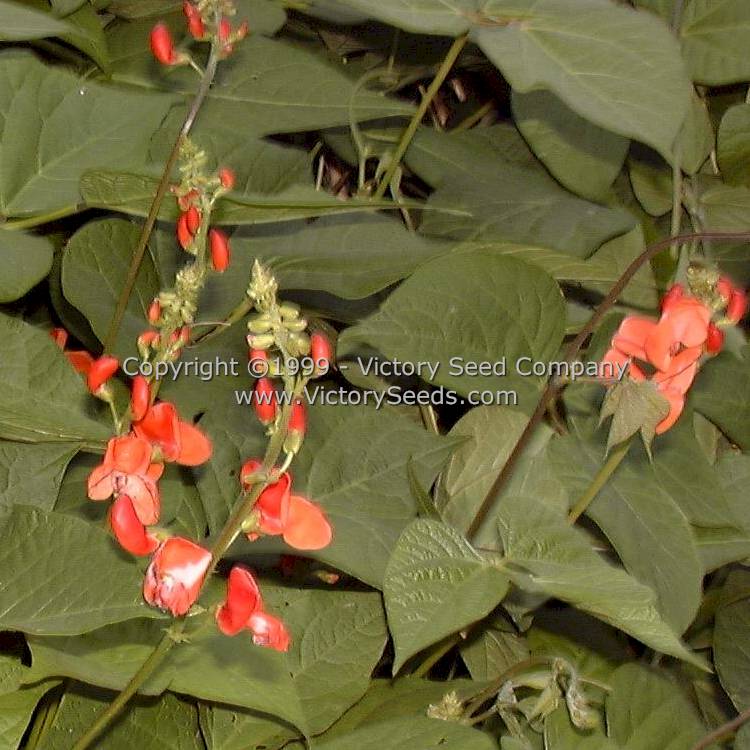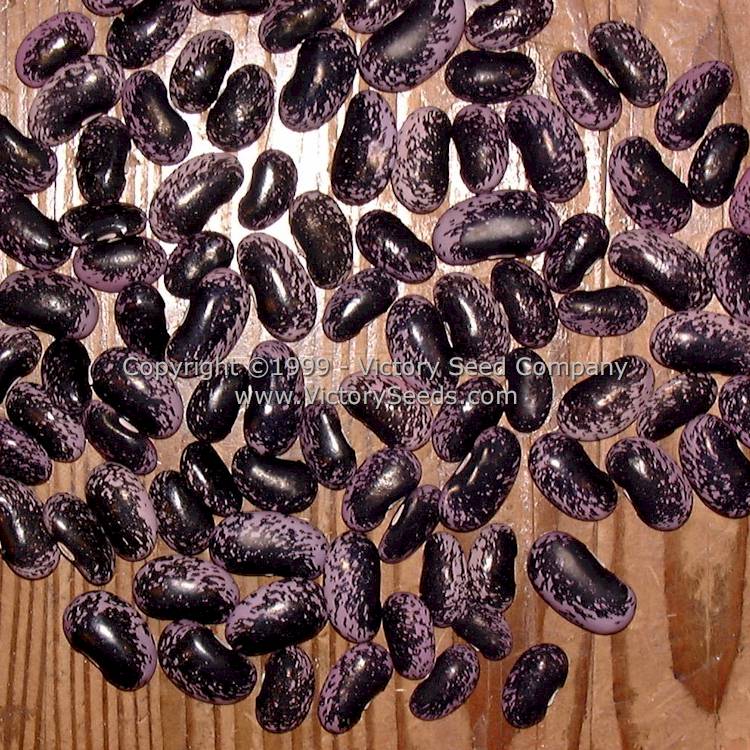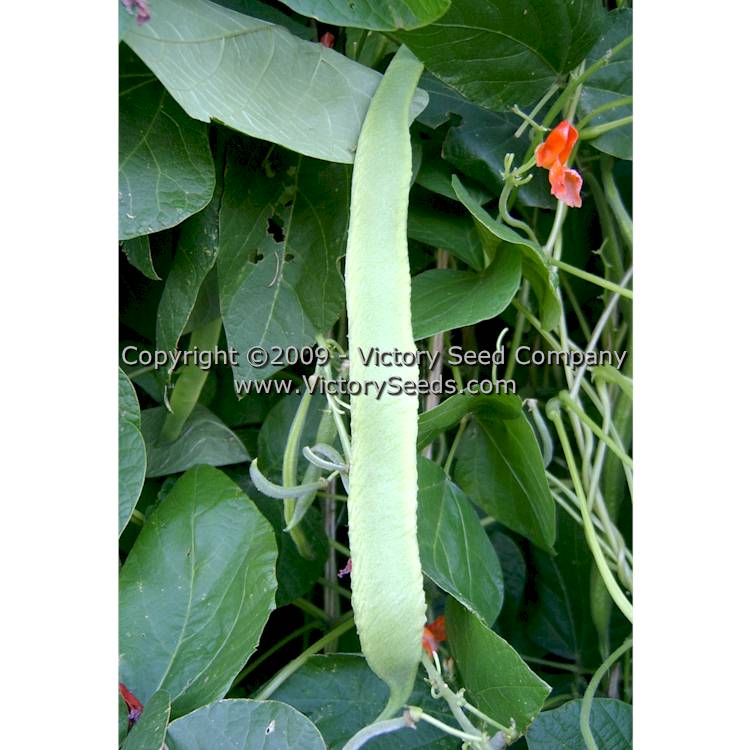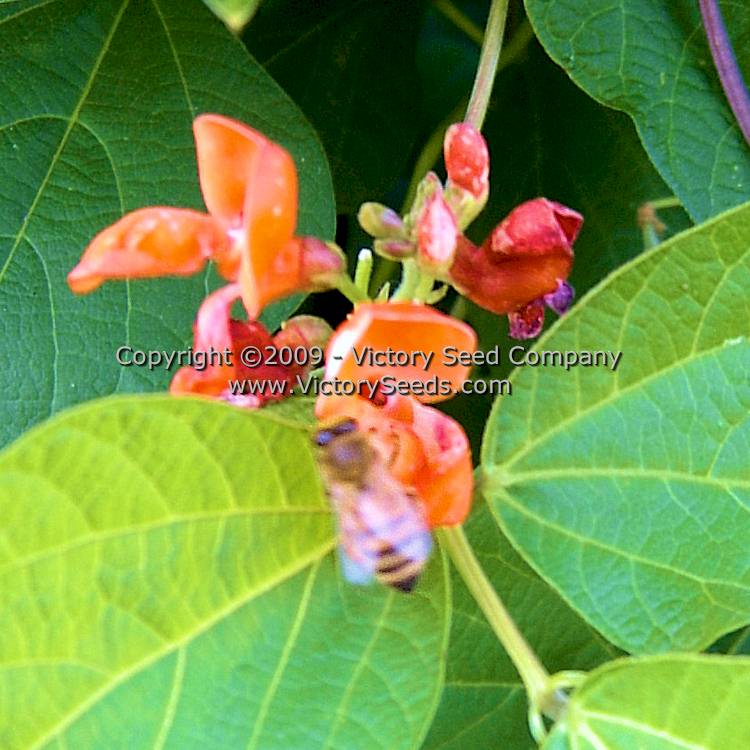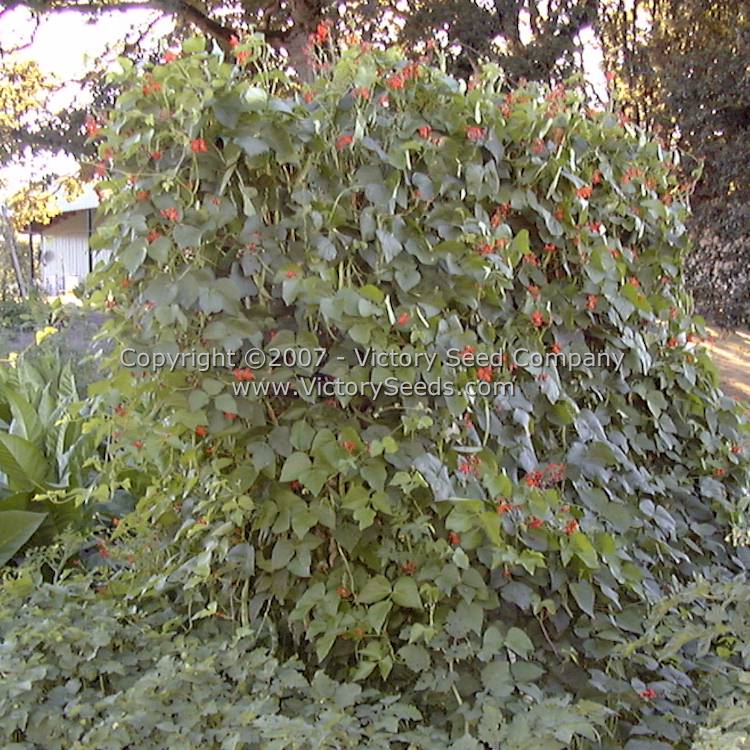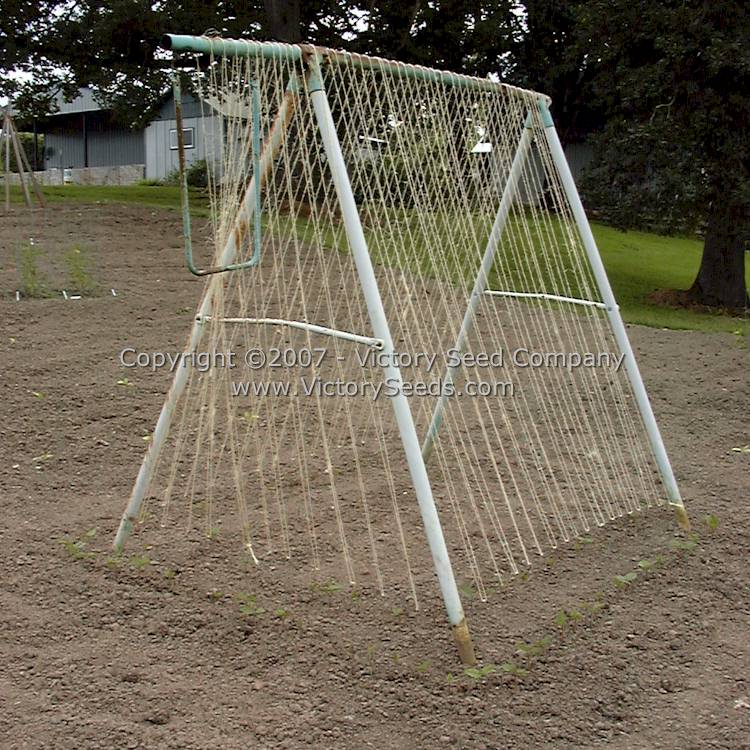Scarlet Runner Bean
Scarlet Runner Bean
Couldn't load pickup availability
60 to 90 Days — 'Scarlet Runner' beans have been grown in the United States since as early as 1750. It grows vigorously, producing prolific amounts of beautiful, bright-red colored blooms throughout the summer and even into the fall. Its vines can grow up to eighteen feet in tall so a good, sturdy support structure is required. Also known as Scarlet Conqueror or Scarlet Emperor.
Although it is good all-purpose bean that can be enjoyed when harvested young as a snap bean, it can be allowed to mature a little longer and used at the green shelled stage, or even left on the vines and harvested as a dry bean. It can also be planted simply for its ornamental beauty and to attract hummingbirds and pollinator insects. The seeds are large, lavender to purple in color, and mottled with black. Each ounce is approximately 25 to 30 seeds.
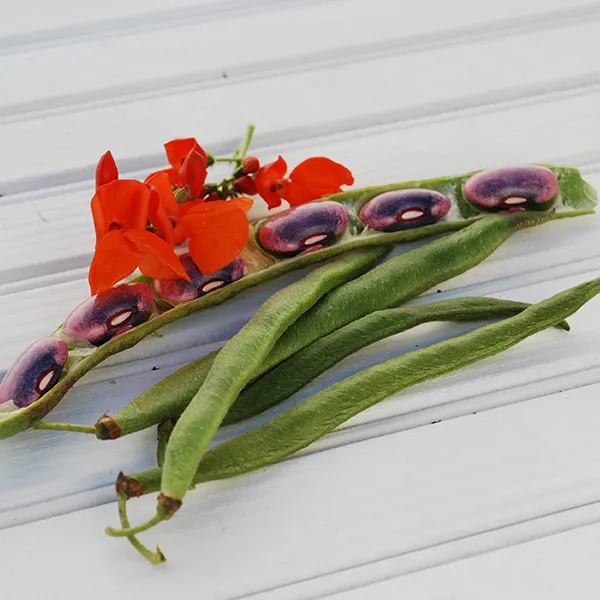
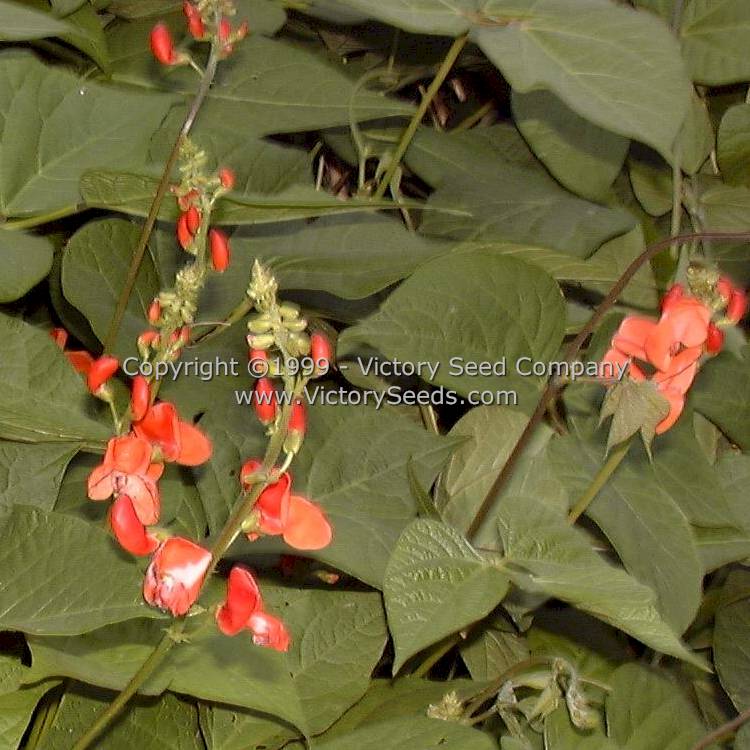
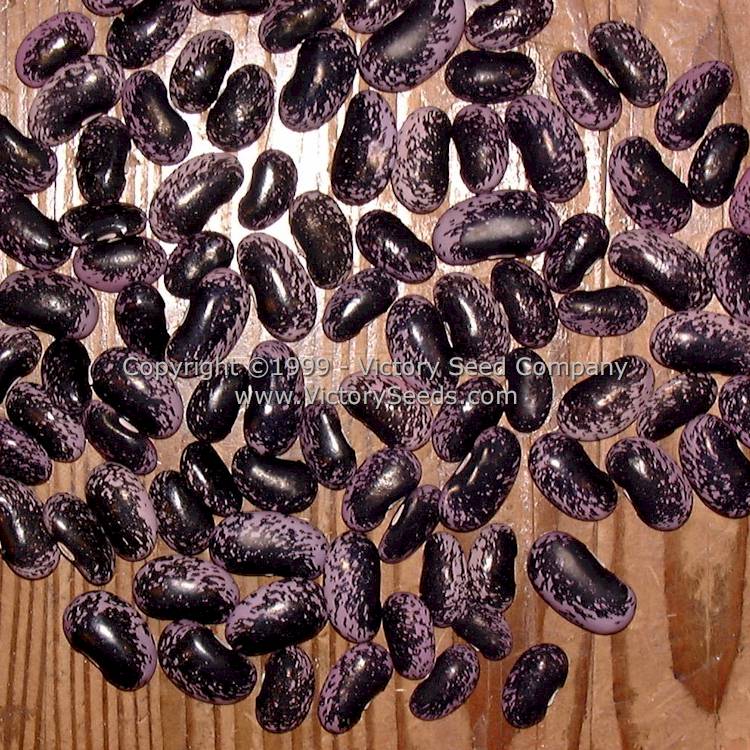
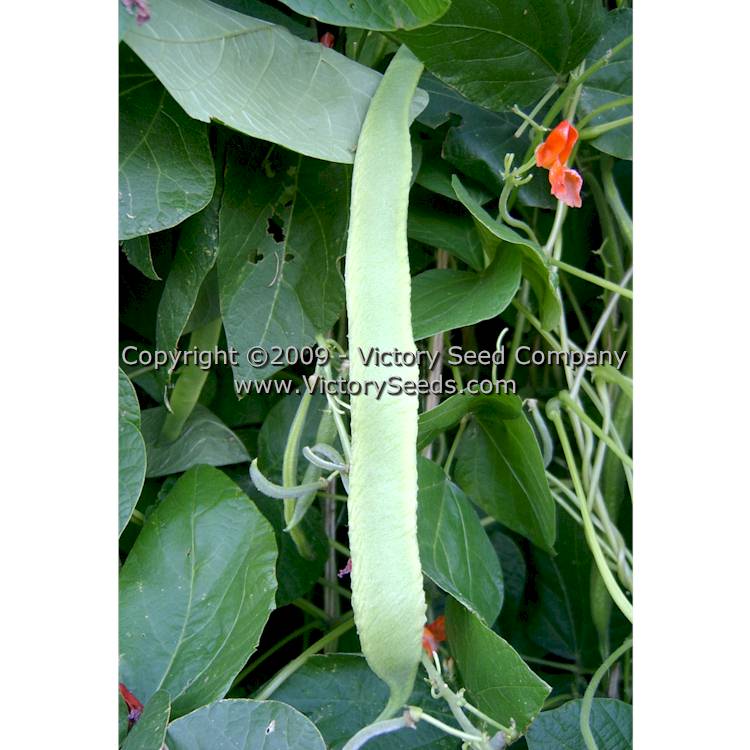
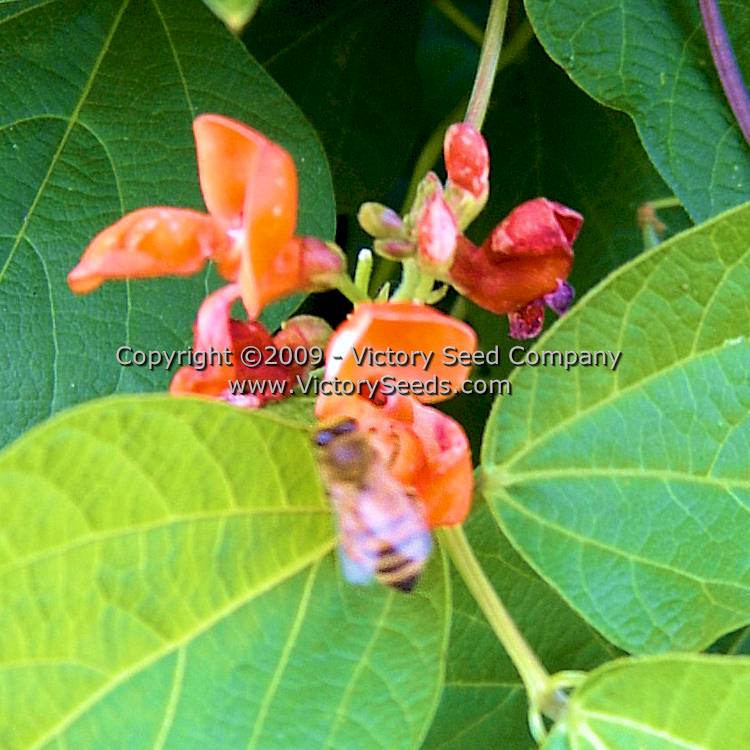
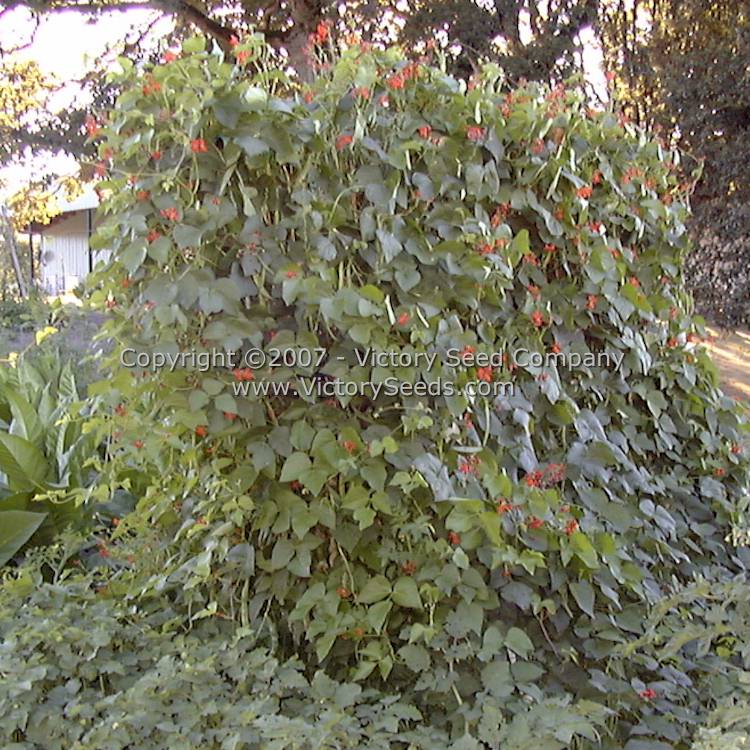
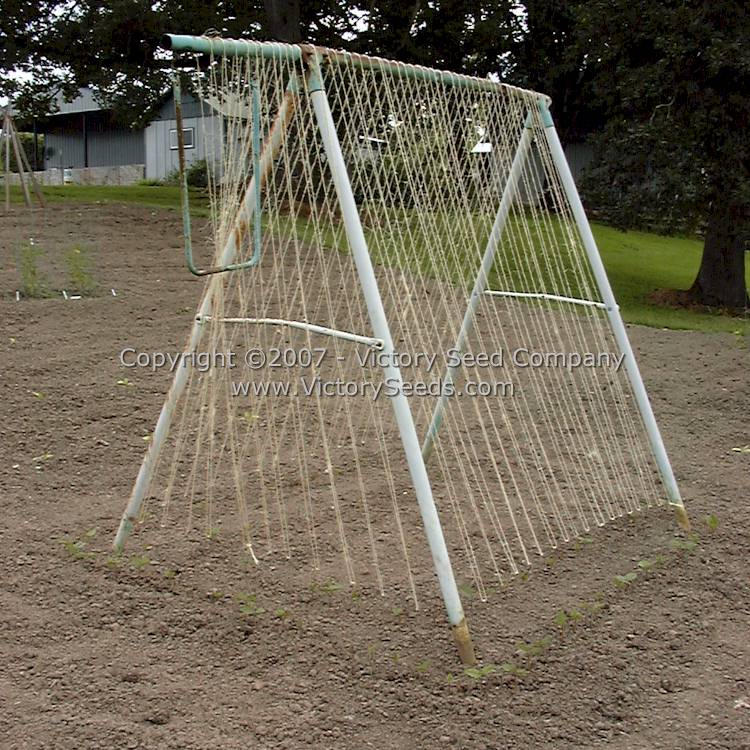
Beans prefer well-drained, rich soil in a sunny location. Make sure you keep them well watered in the summer heat.
Beans are a tender vegetable and you should not plant them until all danger of frost has passed and the soil remains above 65ºF. Sow seeds 1-1½ inches deep, every two to three inches. Bush-type beans do not require support.
For seed saving, allow pods to remain on the plant until they are brittle and open easily. However, if you live in an area with a short growing season, harvest as close to dry as possible and finish drying indoors. Rain and freezing temps will damage beans.
- "A Catalogue of Garden, Herb, Flower, Tree, Shrub, and Grass Seeds; Gardening, Agricultural, and Botanical Books, Garden Tools, etc. Sold By Bernard McMahon," Bernard McMahon, Philadelphia, Pennsylvania, 1806.
- "Catalogue of Green-House Plants, Hardy Trees, Evergreen Shrubs, Flowering Shrubs, Bulbous Rooted, and Herbaceous Plants, Arranged by their Botanical and English Names," David & Cuthbert Landreth, Philadelphia, Pennsylvania, 1826.
- "Field and Garden Vegetables of America," Fearing Burr, 1863, p. 485-487.
Explore our vegetable collections:
[ Artichokes | Asparagus | Beans | Beets | Broccoli | Sorghums | Brussels Sprouts | Cabbage | Cantaloupe | Carrots | Cauliflower | Celery | Collard Greens | Corn | Cucumber | Eggplant | Endives | Gourds | Kale | Kohlrabi | Leeks | Lettuce | Mesclun Mix | Mustard Greens | Okra | Onions | Parsley | Edible Pod Peas | Garden Peas | South Peas | Hot Peppers | Mild Peppers | Pumpkins | Radishes | Rapini | Rhubarb | Salad Greens | Salsify | Summer Squash | Winter Squash | Swiss Chard | Tomatillo | Tomatoes | Dwarf Tomato Project | Turnips | Watermelons ]

